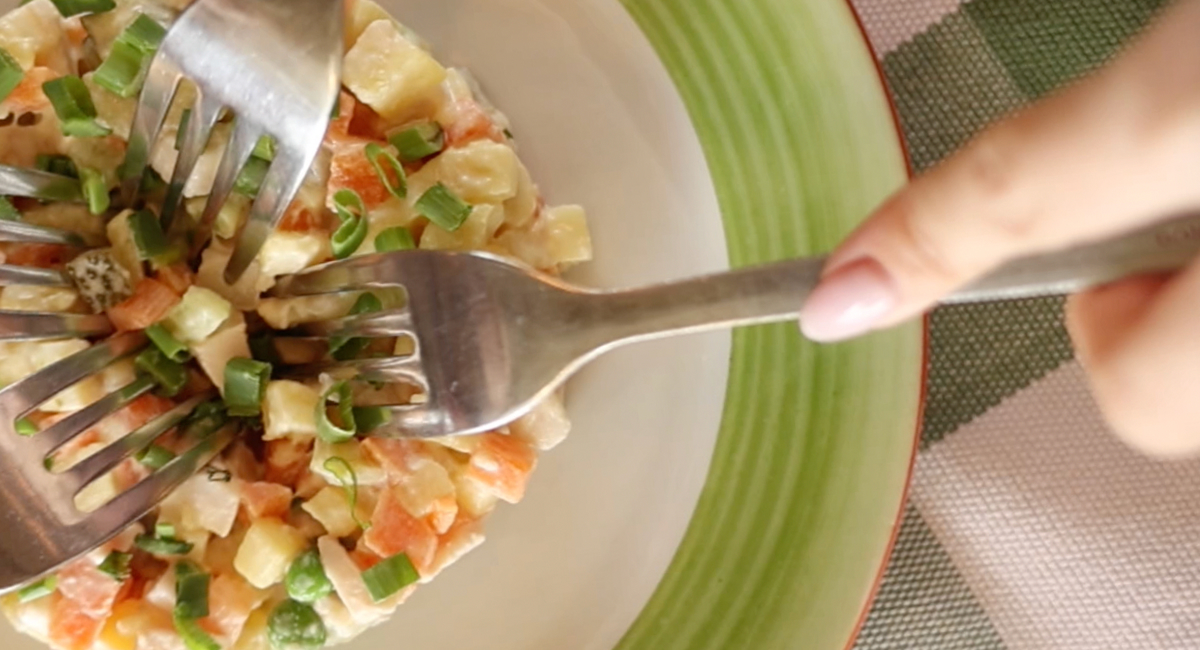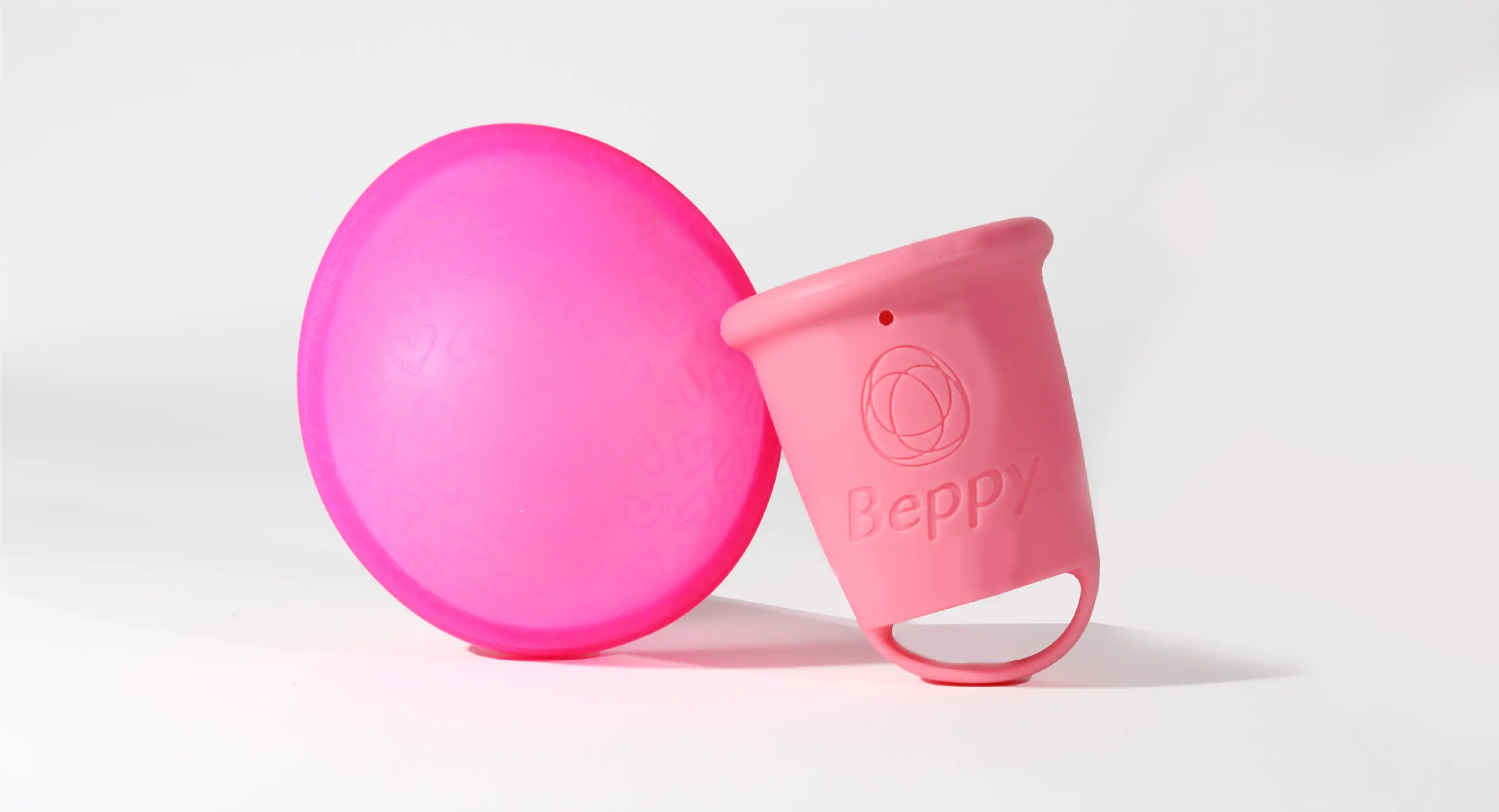At Beppy, we believe that women should not feel restricted during their periods. This period already brings enough discomfort without also having to worry about menstrual hygiene, leaks or an uncomfortable feeling. That is why we have developed a wide range of reusable menstrual products, so that there is a suitable solution for everyone.
During your period, it is important to use products that provide both comfort and convenience. Beppy offers innovative menstrual products that contribute to this. For example, there is the Beppy menstrual cup, made of soft, flexible medical silicone that adapts to your body for optimal wearing comfort. A unique feature of this cup is the convenient removal loop, making removal easy and painless.
For those looking for a smaller version, there is the Beppy Hollow Tampon – an innovative tampon similar in shape to the menstrual cup, but more compact and ideal for women with less intense periods. Thanks to its small size, you hardly feel the cup, and the open removal loop makes it easy to take out, no matter the angle.
In addition, we offer the Beppy tampons without string perfect alternative to tampons. These tampons have no visible string and are perfect for activities such as swimming or a sauna visit. They are made of soft, spongy material that molds to your body, providing ultimate comfort and discreet use.
For those looking for a sustainable alternative to sanitary pads, Beppy also offers washable menstrual underwear. The Beppy Panties feature convenient clicks, allowing you to easily remove and adjust them as needed. They are made of high-quality materials and consist of multiple layers that effectively absorb blood, so the panties always stay dry and never feel wet. This makes them a more hygienic alternative than traditional sanitary pads, which can fester due to the material and therefore feel less fresh and comfortable. With Beppy Panties, you experience long-lasting protection and optimal comfort while also making a sustainable choice.
With these diverse and innovative products, Beppy strives to make your menstrual period as comfortable and worry-free as possible.
Do you have any questions about our products? Or about menstruation? Then feel free to contact us! We are here to answer all your questions.





